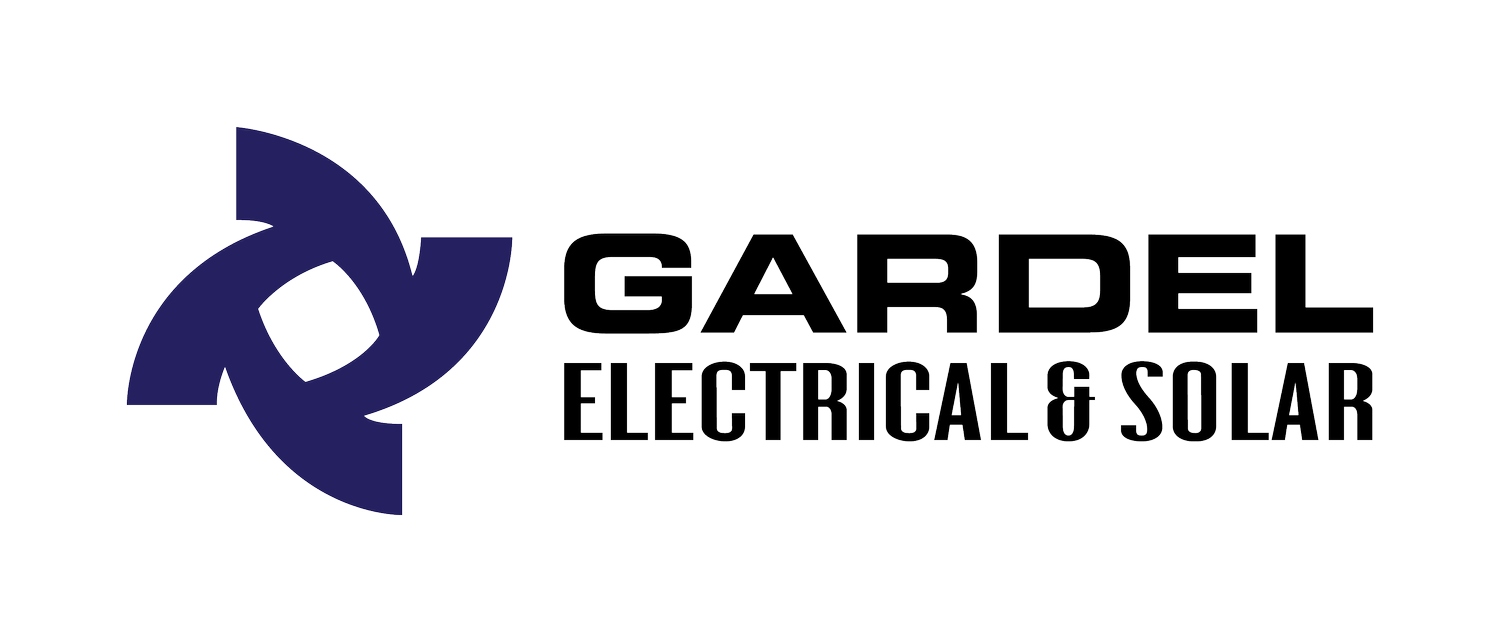What is inverter oversizing?
If you’ve been in the market for solar, you’ve probably come across the concept of oversizing solar inverters. Sometimes called inverter oversizing, this is the concept of installing more solar panels than your inverter is rated for.
While it seems counterintuitive - surely your solar panels and inverters should match in terms of the energy they can process, right? - the truth is a little more complicated. There are so many different factors to consider when installing solar panels, and this is one that we reckon is often overlooked.
Read on to discover what oversizing solar inverters actually entails, how it works, and whether it’s the right choice for your solar array installation.
What is an inverter?
An inverter is the heart of your solar installation. It’s a central component that makes it all work for you! The inverter is the part of your system that transforms the DC energy (Direct Current energy) created by your solar panels, into AC (Alternating Current energy) which powers your home or facility.
Without an inverter, there’s no way to utilise the energy that’s produced by your solar panels!
There’s a large range of solar inverters in the market, and they can be narrowed down to 3 main types of inverters. The type of inverter that works for your situation may not work for others, and vice versa, so it’s vital that you opt for an inverter that is suited to your specific needs.
What is a solar array?
Simply put, a solar array (or PV array) is the term used to describe a group of solar panels. When you’ve set up a solar system on your property, that’s a solar array! How many solar panels you need - and therefore the size of your array - will depend on your household or facility’s solar needs.
In addition to how you use the energy powered by solar panels, there is also consideration for how much sun you get during the day and how that impacts the average efficiency of solar panels. And that’s where inverter oversizing comes in!
What is Inverter Oversizing?
As we mentioned further up, oversizing solar inverters refers to when you install a solar array (that’s a group of solar panels) with a higher capacity than the rated size of your inverter. Basically, you install more solar panels that your solar inverter capacity is meant to handle.
For example, say you have a 5kW Inverter. This is the most common size in Australia because most energy providers cap the electricity export for homes at 5kW. This means that at any period in time, your solar system can’t export more than 5kW of energy to the Grid. Exporting excess energy to the grid is what happens when you don’t self-consume the energy yourself.
In theory, it would make sense to match a 5kW Inverter with 5kW worth of panels - and many people do this. For such a setup, 5kW of panels will equal 15 panels at 330Watt each. But when you opt for inverter oversizing, you’re setting up more than 5kW worth of panels instead.
On the surface, this does seem a bit odd. Why ‘waste’ all that extra energy if you can’t use it or put it back into the Grid, right?
Well, we’ll tell you why it’s actually a good idea!
Solar panel efficiency explained?
Here’s the truth about solar panels: individual solar panels almost never produce exactly the amount of energy that they are rated to. So a 330Watt Panel will rarely (most likely never) produce exactly 330Watt at any one time.
So why are the solar panels rated to that number when it’s practically impossible to reach it?
Well, that’s because a solar panel’s capacity is rated under Standard Test Conditions, which are generally the absolute perfect conditions to maximise their output. Conditions which, unfortunately, are rarely experienced in an actual environment!
There are so many factors affecting the performance of solar systems every day, and these conditions simply do not reflect reality. So when it comes to real life, how efficient can solar panels get?
The graph below is an example of the energy yield for a proportionally sized solar array and inverter. You can see how this 5kW of panels never quite hits the 5kW maximum of the inverter, even at its most efficient point in midday.
Graph 1 - Avg. daily solar production for a non-oversized system
Why should we oversize solar inverters?
Here’s a little known secret: your inverter can actually take on a lot more energy than you think. 133% more, to be exact! So to get a higher energy yield early on and throughout the day, your solar array should add up to that much more.
Using the example of the 5kW inverter (which, let us remind you, is a popular size in Australia), this means that instead of matching it up with 5kW worth of solar panels, you can go all the way up to 6.6kW of solar panels.
This amounts to just 5 extra solar panels, but it can massively increase your daily energy yield. And we’ve got the numbers to prove it.
The graph below depicts the energy yield of 10 customers with 6.6kW systems over a period of 7 days. As you can see, the inverter reaches its maximum capacity early in the day and continues to produce that much power well into the afternoon. In fact, some tests have shown an increase of up to 28% daily energy yield with an oversized inverter.
This extra panel capacity will do wonders for the environment, your power usage, and your running costs!
Graph 2 - Avg. daily solar production for an oversized system
Is it safe to oversize solar inverters?
Just about every inverter in the market is designed to safely manage one-third (133%) of additional energy from the solar array. As long as the solar system is designed and installed by a reliable company, there should be no safety concerns with oversizing your inverter.
Maximise your solar capacity today.
We have been working with solar for over a decade now, and our professional team of designers and installers are skilled at creating solar solutions tailored to your needs. So if you’re considering solar power, we can certainly help you find the best solar panels and the best solar inverter for your home or business!
Feel free to get in touch with our team at Gardel Electrical to learn more about how we can maximise your solar power and optimise your financial savings. We will work with you to make sure that your Solar PV System produces the maximum energy to give you the best return on investment.




